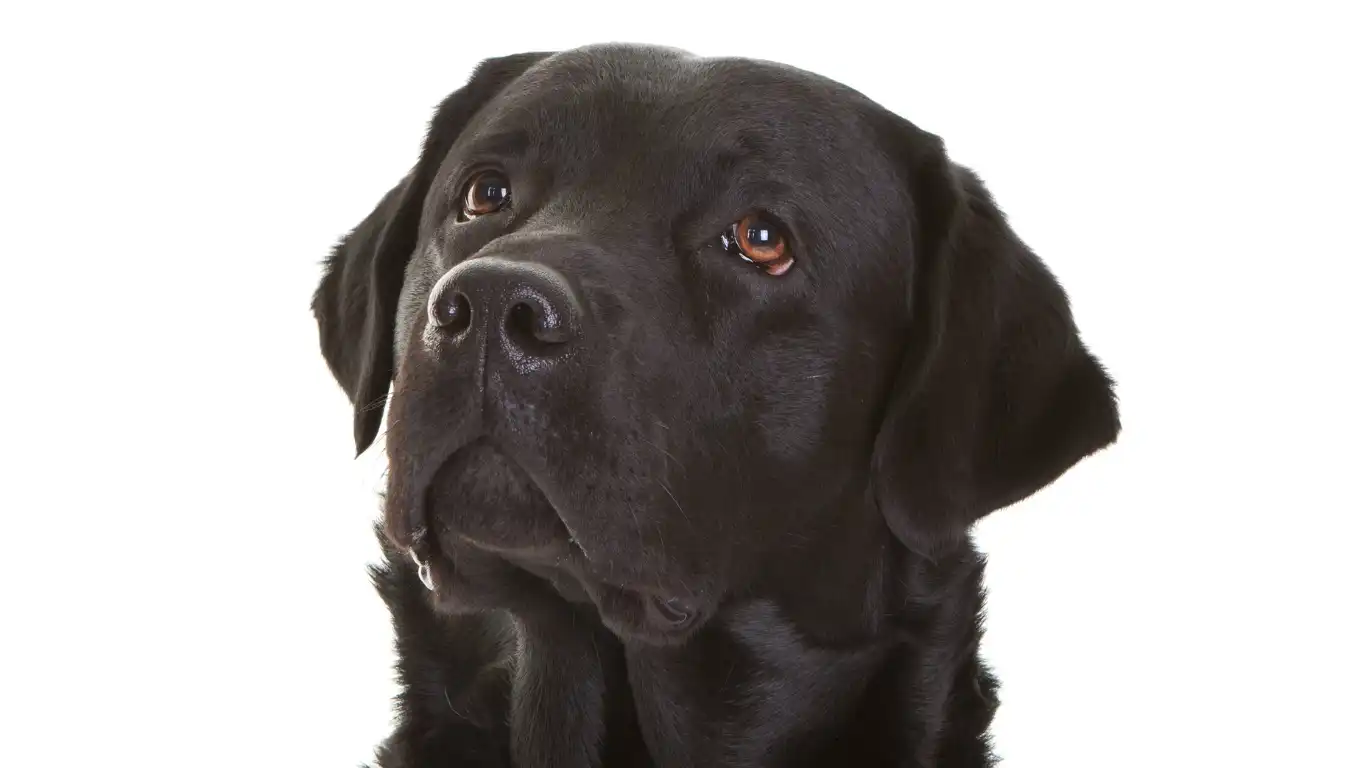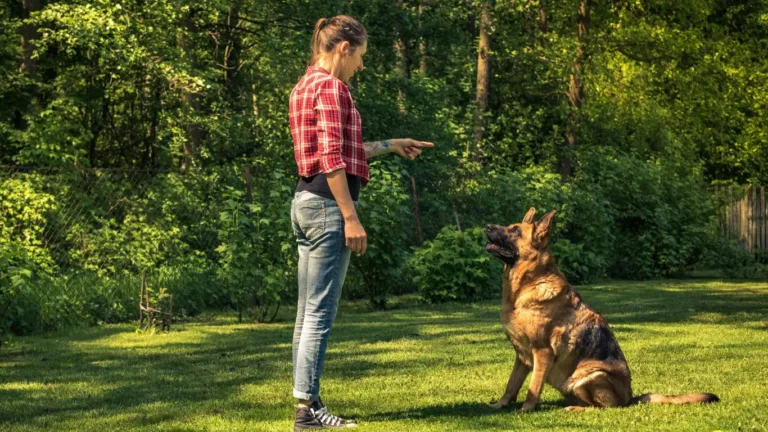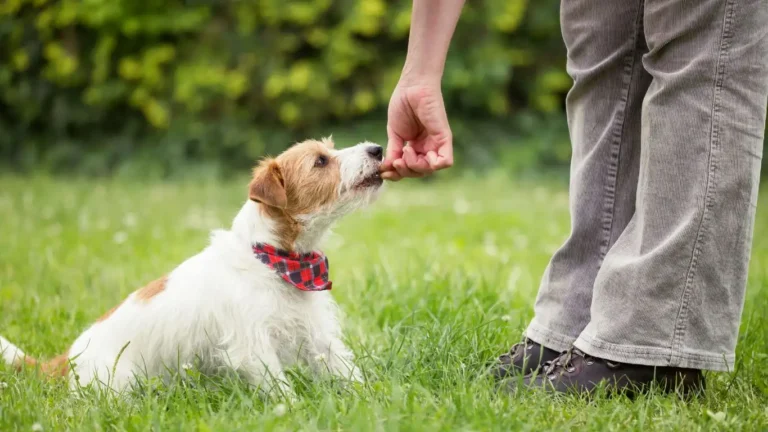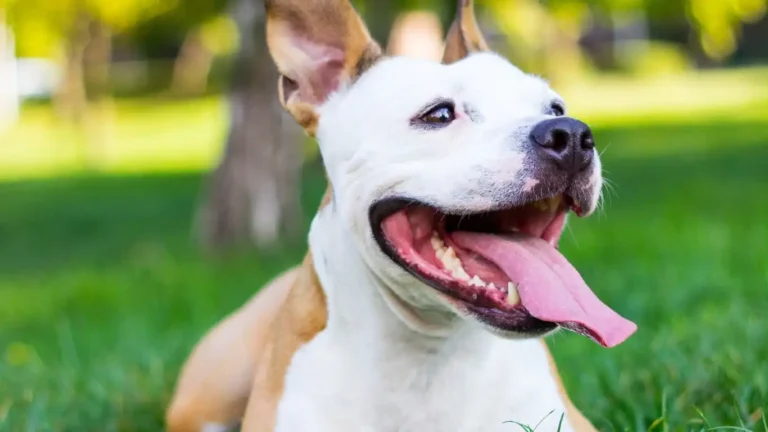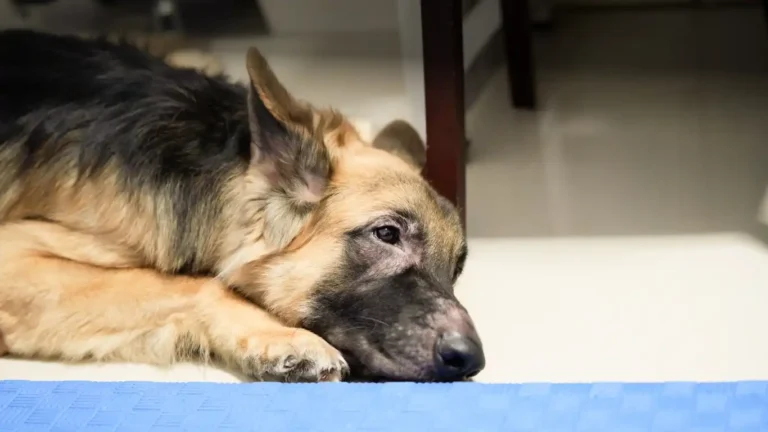Effortless Tips: How to Safely Introduce a Dog to Other Pets
Bringing a new dog home is an exciting journey, but if you already have other pets, that excitement comes with a bit of nervousness. How to safely introduce a dog to other pets is one of the most common concerns I’ve encountered working as a Pet Nutritionist in veterinary clinics.
You want your new pup to feel welcome, and at the same time, you don’t want your resident pet to feel stressed or threatened. I’ve helped many pet parents navigate this process, and trust me—it’s all about patience, preparation, and understanding your pets’ unique personalities.
Understanding Your Dog’s Social Personality
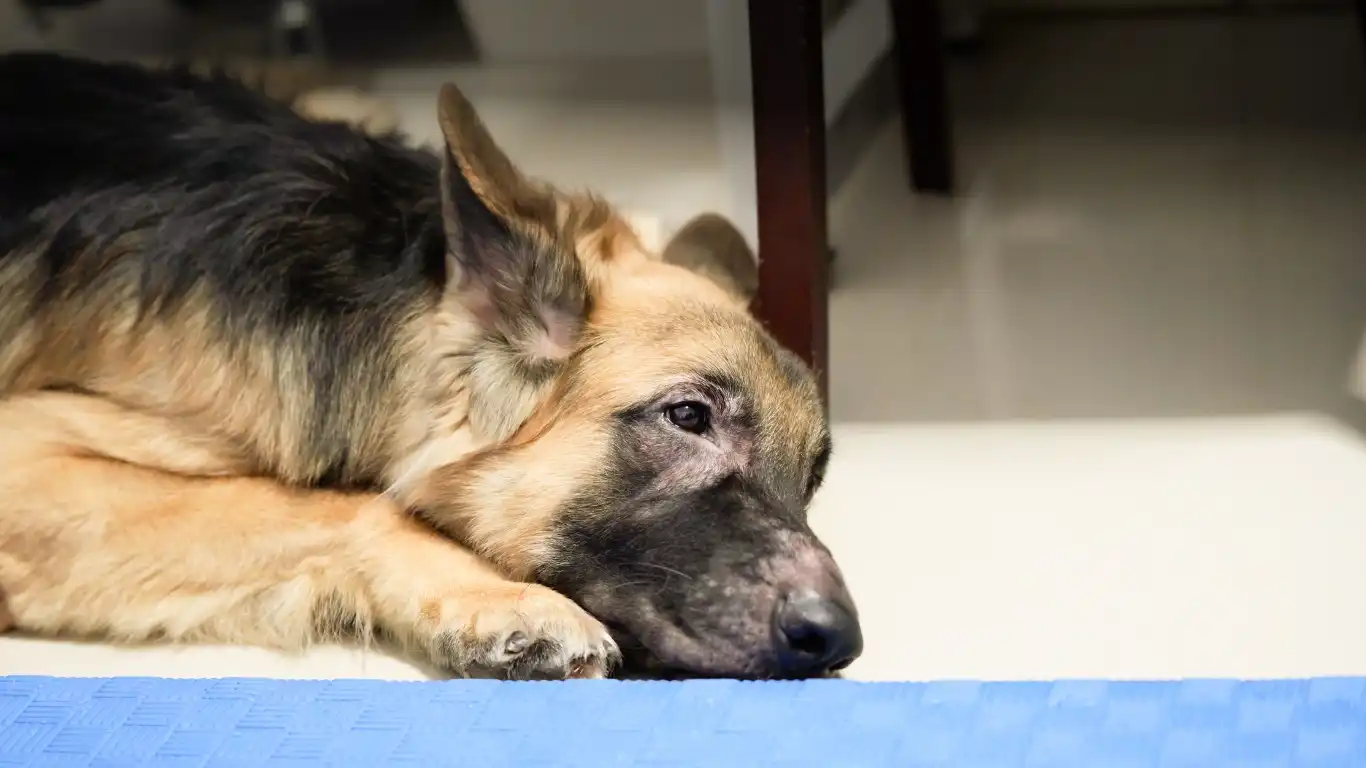
Before even thinking about introductions, take a moment to evaluate your dog’s temperament. Is your pup a social butterfly who thrives in the company of other animals, or do they tend to be more reserved? Just like people, some dogs are extroverts, while others prefer a quiet life. If your dog has never been around other pets before, introducing them suddenly can be overwhelming.
Some key personality traits to consider:
- Confident & Social: These dogs usually adapt quickly but may be overly excited.
- Timid or Fearful: They might need slow, positive reinforcement to feel comfortable.
- Territorial or Protective: Extra care is needed to avoid resource guarding or aggressive reactions.
Preparation Before the First Introduction
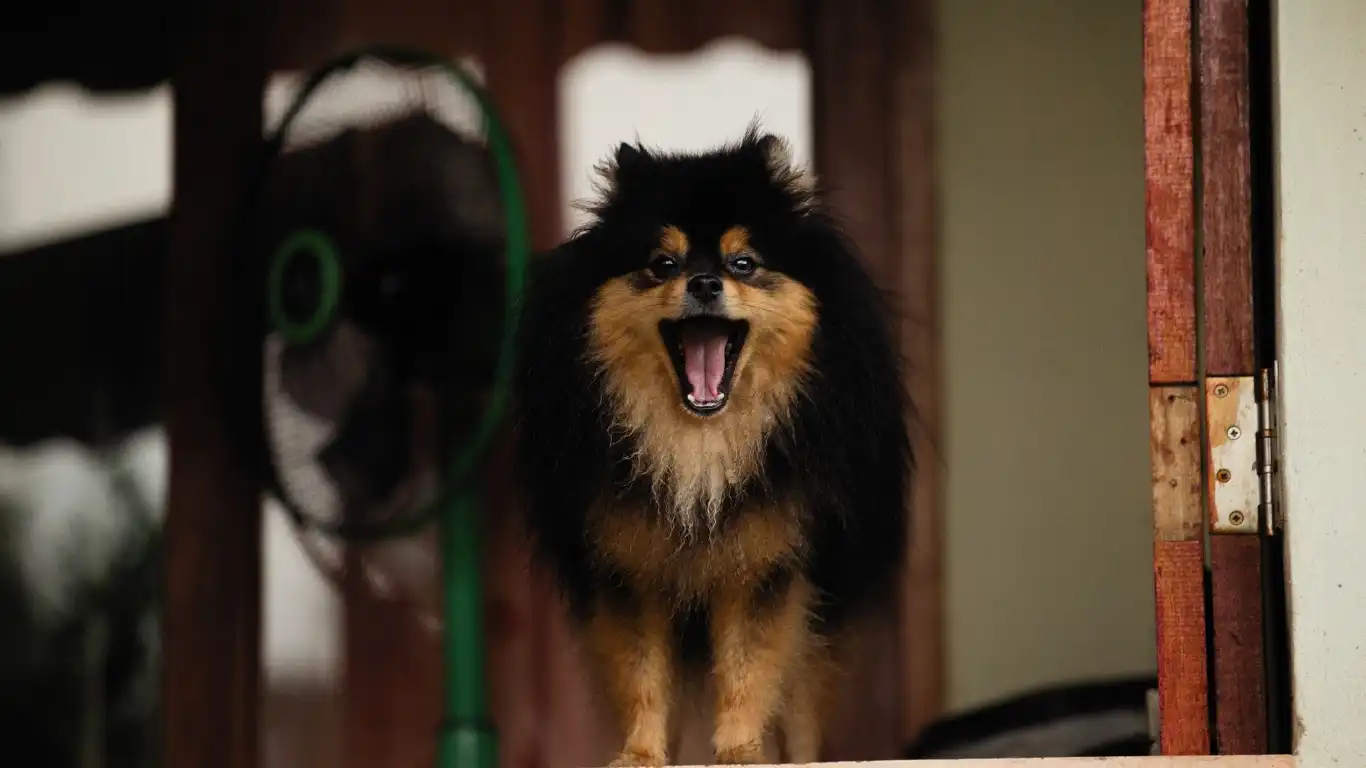
One of the biggest mistakes I’ve seen pet parents make is rushing the first meeting. A proper introduction starts long before your pets ever meet face to face.
1. Choose Neutral Ground
Introducing pets in a space where neither feels territorial—like a park or a friend’s yard—helps reduce tension. If you must introduce them at home, consider using a separate room or a controlled outdoor space.
2. Remove Potential Triggers
Dogs can get protective over their food, toys, or even their favorite sleeping spots. Before introductions, temporarily remove these items to prevent unnecessary conflicts.
3. Use Scent Familiarization
A great tip from my experience: swap bedding or toys between the pets before they meet. This allows them to recognize each other’s scent beforehand, making the first interaction feel less like a total surprise.
4. Establish Separate Spaces
Give each pet their own safe zone where they can retreat and relax without being forced to interact. This is especially crucial for cats or small pets who may feel threatened by a new dog.
First Meeting: The Do’s and Don’ts

Once you’ve prepped, it’s time for the big introduction! But hold up—you don’t just throw them together and hope for the best. Here’s a structured approach:
✔️ Do: Start with Leashed, Supervised Interactions
Keep your dog on a leash during the first few meetings. Let them observe the other pet from a distance and reward calm behavior. Gradually decrease the distance if both pets seem relaxed.
❌ Don’t: Force Interactions
One of the worst things you can do is push pets together before they’re ready. If one pet backs away or seems nervous, respect that boundary and try again later.
✔️ Do: Read Body Language
Watch for signs of stress or aggression, such as stiff posture, growling, or pinned-back ears. On the flip side, a relaxed wagging tail, soft eyes, and playful bows are great signs of positive interaction.
❌ Don’t: Leave Them Unattended
No matter how well things seem to be going, never leave new pets alone together until you’re completely confident in their relationship.
Introducing Your Dog to Cats: A Delicate Balance

Dogs and cats can form incredible bonds, but their first meetings need extra care. I’ve had pet parents tell me, “My dog chases squirrels—will he chase my cat too?” The answer depends on your dog’s prey drive and past experiences. Here’s how to set up a smooth introduction:
1. Keep Initial Meetings Controlled
Use a baby gate or keep your dog on a leash during the first few interactions. This allows both pets to observe each other without physical contact. Let them sniff through the barrier and gauge their reactions.
2. Reward Calm Behavior
If your dog stays relaxed and doesn’t lunge or bark, reward them with treats and praise. If they fixate on the cat or show signs of predatory interest, redirect their attention to a toy or cue them to sit.
3. Provide Escape Routes for the Cat
Cats need vertical spaces like shelves or tall cat trees where they can retreat. Never force interactions—let your cat set the pace for getting closer.
4. Supervised Free Movement
After a few days of successful calm meetings, allow the cat and dog to move freely under supervision. Watch for signs of stress, such as flattened ears, tail flicking (cat), or stiff posture and excessive staring (dog).
Introducing Your Dog to Small Pets (Rabbits, Guinea Pigs, Birds)

Introducing a dog to small pets like rabbits or guinea pigs can be tricky since many dogs have a natural prey drive. I’ve worked with pet parents whose dogs were fine with cats but overly excited by smaller animals. Here’s how to keep everyone safe:
1. Always Use Barriers
Small pets should be inside a secure enclosure during introductions. Let your dog sniff from a distance and reward them for calm behavior.
2. Keep Meetings Short
Initial introductions should be no longer than a few minutes. End on a positive note while your dog is still calm.
3. Watch for Fixation
If your dog stares intensely, stiffens, or whines at the small pet, intervene immediately. Redirect their attention with a command or treat.
4. Gradual Desensitization
Over time, increase exposure while ensuring your small pet always has a safe space. Some dogs can learn to coexist peacefully, but others may always need supervision.
Handling Challenges and Setbacks
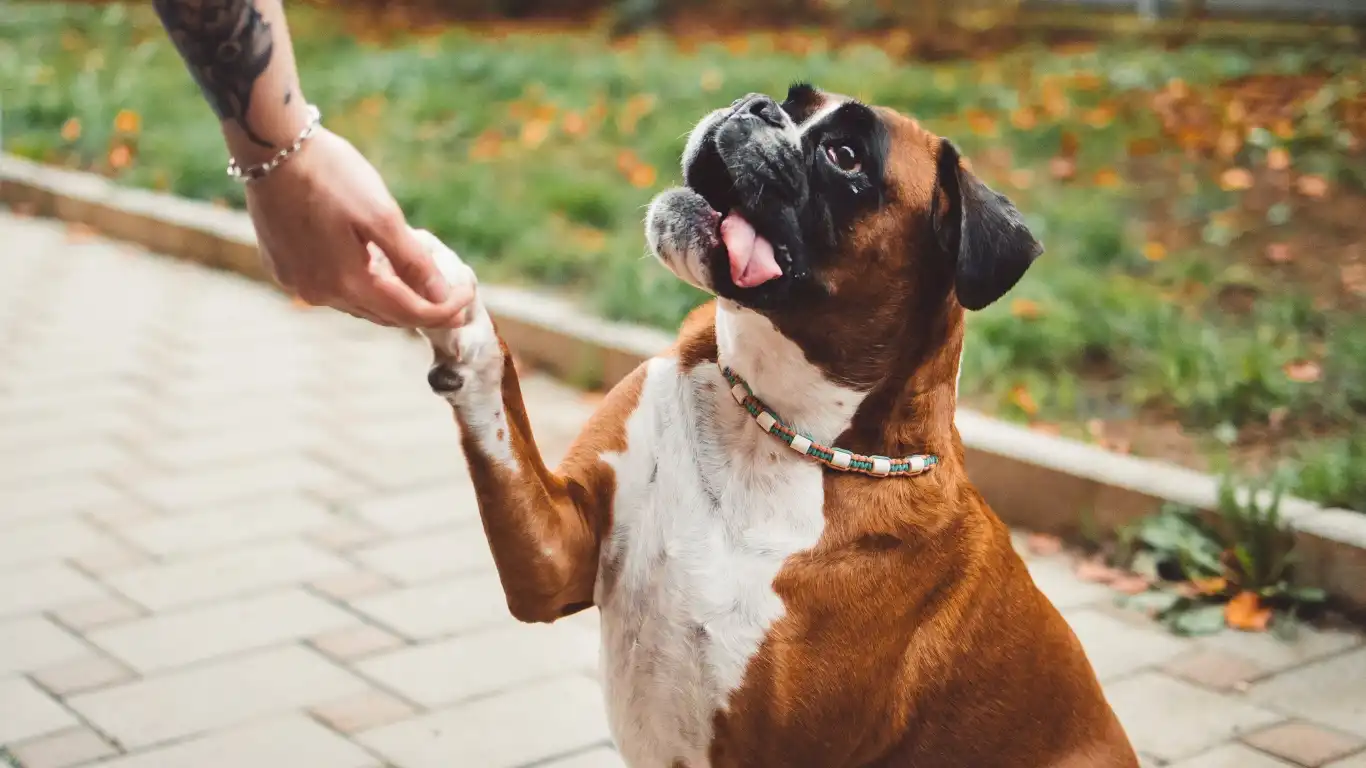
Even with the best preparation, introductions don’t always go smoothly. I’ve had clients tell me, “My dog seemed fine at first, but now he’s growling at my cat,” or “My new puppy keeps bothering my older dog.” Here’s how to handle common issues:
1. Recognizing Stress Signals
- Dog: Growling, lip licking, avoiding eye contact, stiff posture.
- Cat: Hissing, puffed-up fur, hiding, swiping.
- Small Pets: Freezing, excessive hiding, thumping (rabbits).
2. Adjust the Introduction Speed
If tension arises, slow things down. Return to scent swapping and short, controlled meetings.
3. Provide Positive Reinforcement
Reward good interactions with treats and affection. If your dog stays calm around the other pet, reinforce that behavior.
4. Seek Professional Help If Needed
Some pets need the help of a professional trainer or behaviorist, especially if there are signs of aggression.
Managing Interactions as Your Pets Adjust
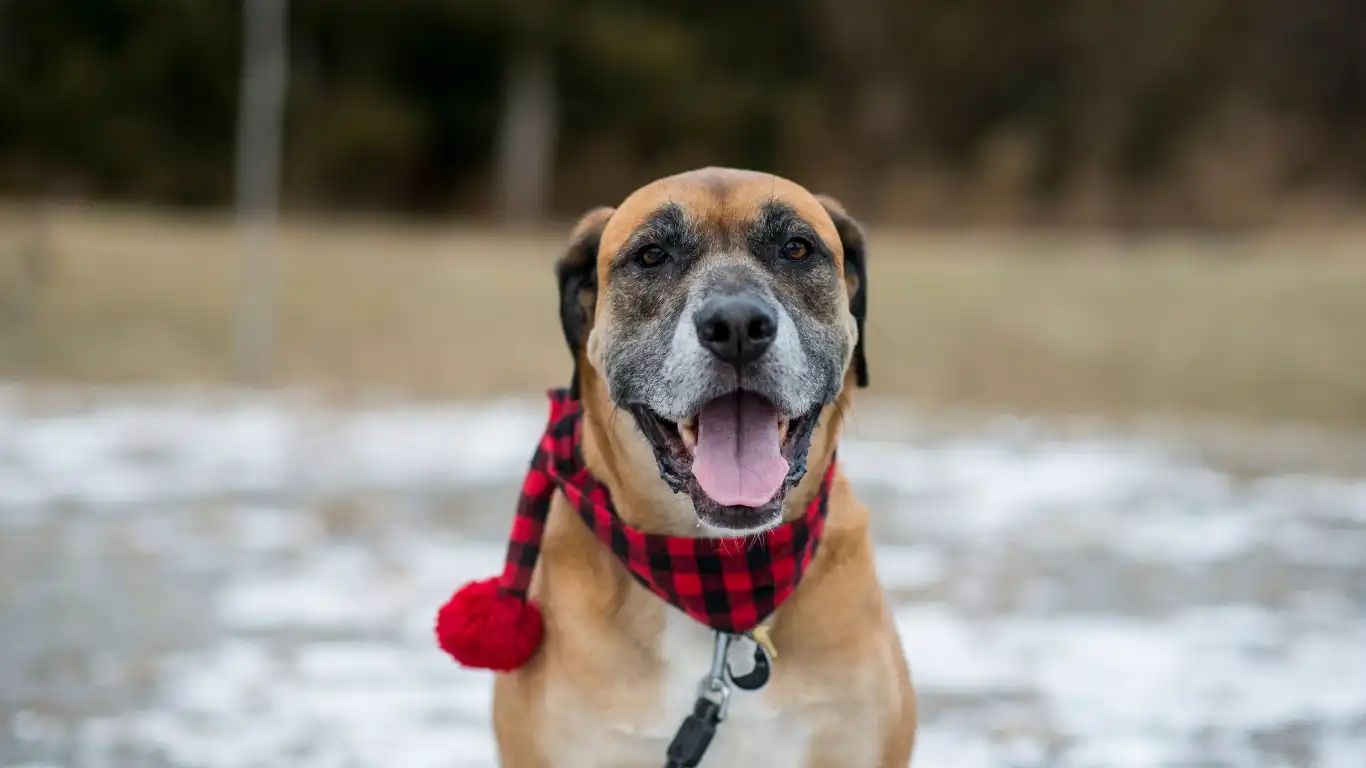
At this stage, your dog and other pets have met under controlled conditions, but that doesn’t mean the process is over. Successful introductions require ongoing management to build trust and confidence.
Supervised Together Time
Once your pets appear calm in each other’s presence, begin increasing their supervised interactions. I always tell pet parents: never assume your pets will just “figure it out.” Dogs and other animals communicate differently, so your role is to monitor their interactions closely.
- Keep interactions short and positive to prevent stress buildup.
- Use positive reinforcement, such as treats, praise, or gentle petting, when they behave calmly.
- If any pet appears uncomfortable, interrupt the interaction and give them space.
Recognizing Signs of Stress or Aggression
Understanding body language is crucial. Even as a pet care expert, I’ve seen subtle signs of stress that many pet owners miss.
Watch for these warning signals:
- Dogs: Stiff body posture, intense staring, lip licking, raised hackles, or growling.
- Cats: Tail flicking, pinned ears, arched back, or hissing.
- Small pets: Freezing, rapid breathing, or retreating to a hiding spot.
If you notice any of these, take a step back in the introduction process and slow things down.
When to Seek Professional Help
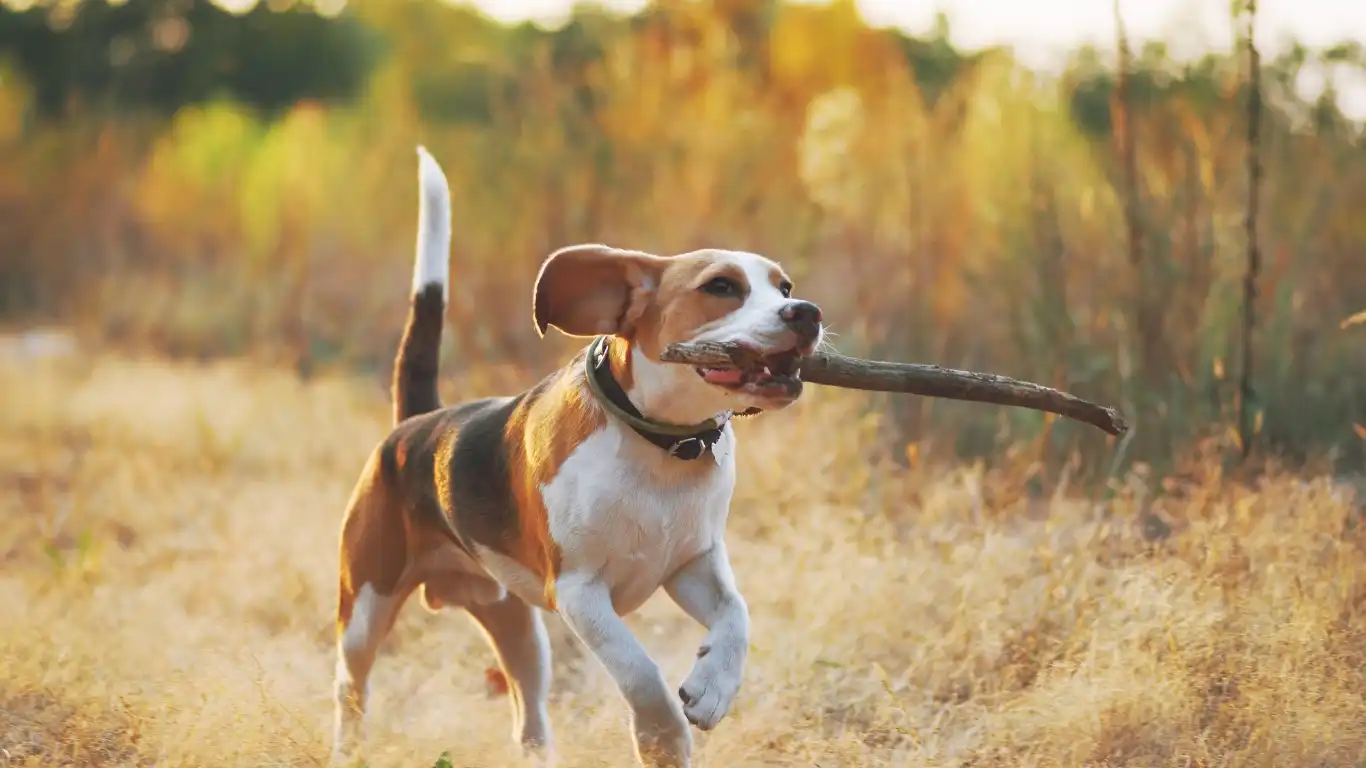
Despite your best efforts, some introductions don’t go as planned. If your dog is fixating, chasing, or showing signs of resource guarding, it’s time to bring in an expert.
Behavior Specialists and Trainers
Certified trainers or veterinary behaviorists can assess the situation and create a tailored plan for your household. I’ve worked with families where a trainer’s involvement made all the difference.
Medical Checkups
If your pet’s behavior changes suddenly, rule out medical issues first. Pain or discomfort can cause irritability and aggression in pets.
Final Thoughts & Additional Resources
Introducing a dog to other pets isn’t a one-size-fits-all process. Each pet is unique, and their comfort levels should guide the pace of introductions. The key is patience, observation, and a lot of positive reinforcement.
Helpful Resources
Disclaimer
The information in this article is for educational purposes only and does not replace professional veterinary advice. Always consult a veterinarian or certified trainer for personalized guidance.
